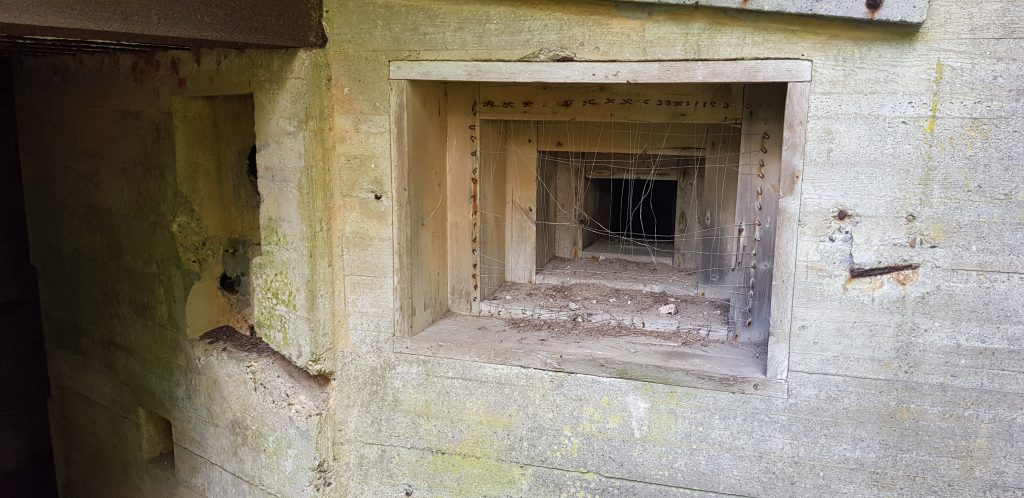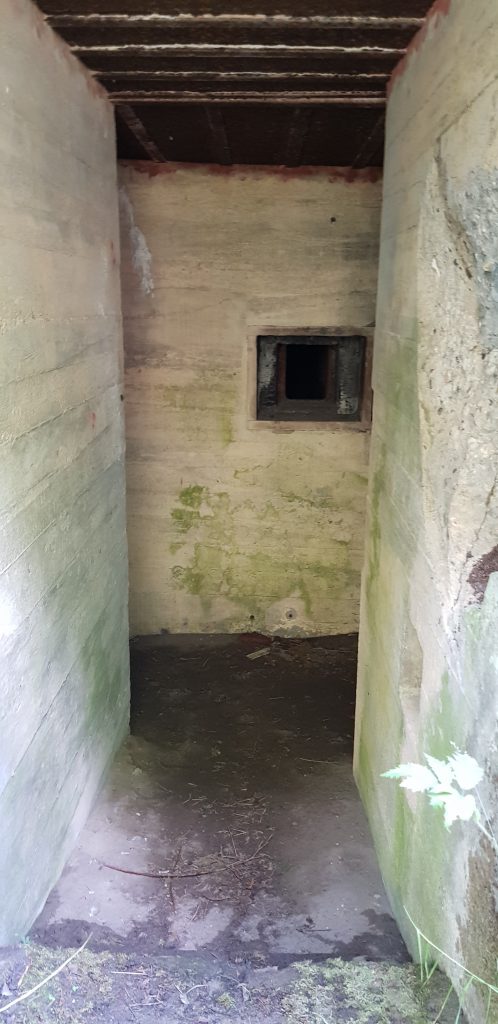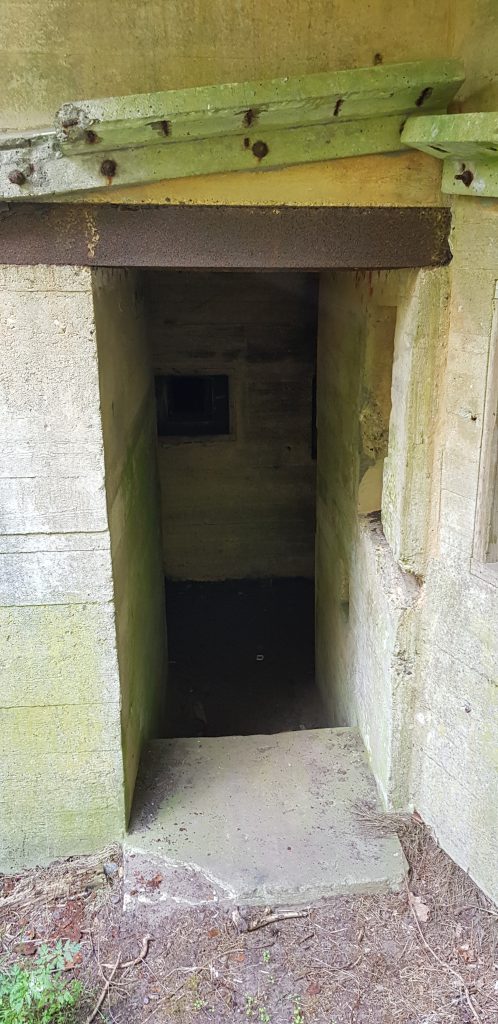A tour in Western Jutland through Stutzpunkt Börsmose-Dorf and Stutzpunkt Blavland
Today we did a car tour to the far western tip of Denmark with a stop at Lake Filso and under the lake Stutzpunkt Börsmose-Dorf. The majority of the area has been abandoned and is being used as a military training ground. This gives the whole an extra dimension. Certainly considering the bunkers present (and there are many) that are still in good condition and often just free to enter. Stutzpunkt Börsmose-Dorf was established in the spring of 1943 to protect the intersection 3.5 kilometers inside the coast. It had a strategic position to block the passage to further inland and Germany.
We went to look in the middle of the stutzpunkt and walked a bit into the forest. xactly opposite the S.t. 610 bunker, Danish soldiers were busy with a …
… navigation exercise. It gave a special atmosphere in which one of my sons (7 years old) found it all to cary and ran back yo the car. Now a skull of a sheep in the trees didn’t really help either. The bunker for 2 officers and 21 soldiers was freely accessible and looked good. There was also a Tobruk next to it. There are also many more bunker to see.
We continued towards the Blavand lighthouse. Here are the bunkers from Stutzpunkt Blavand. With a clear bunker tower for the Wurzburg radar next to the lighthouse. Furthermore, many overgrown trenches and bunkers partly sunk into the sand. The bunker for the Mammut rader is also clearly in sight. In Denmark there are 3 of these bunkers (S.t. L458).
By searching further for information about the bunkers and sites, I came across the great Hitsorical War Tracker App from the HaagseBunkerPloeg. What a great app that is!
A very extensive database of all bunkers and it covers also other European countries (e.g. Denmark) with extra information and the possibility to keep track of visited bunkers and to add any missing bunkers. It invites you to look for more…. But what is striking is that Denmark has an immeasurable number of bunkers and that, due to the scarcity of buildings, these are still intact and can usually still be entered freely.




